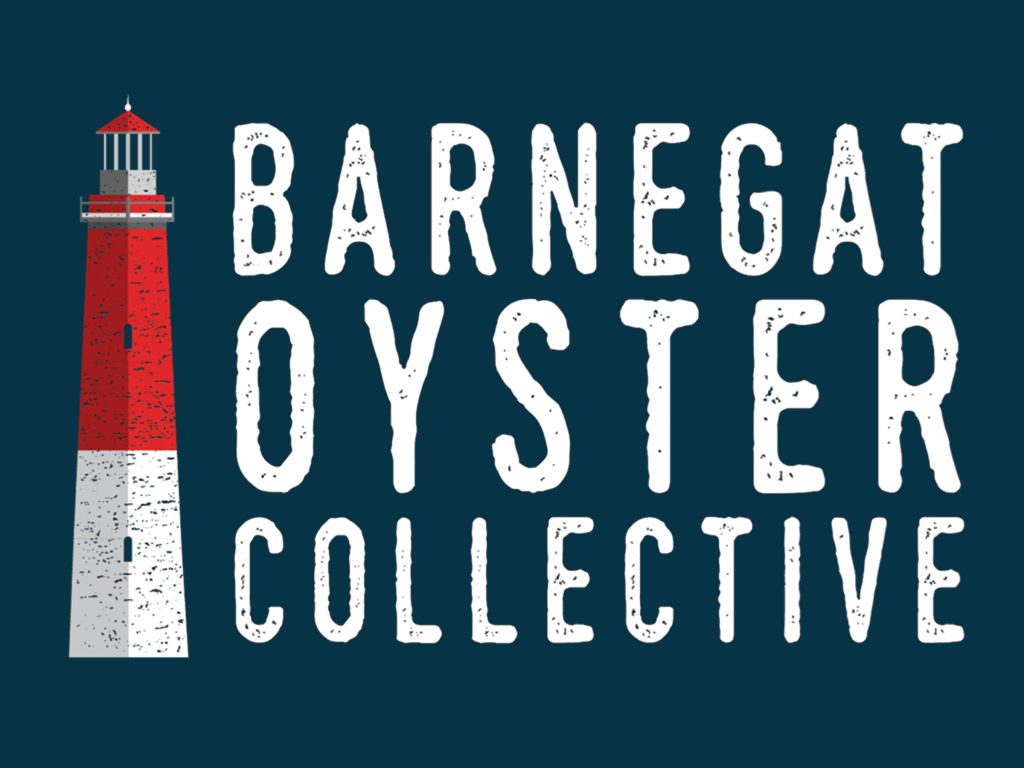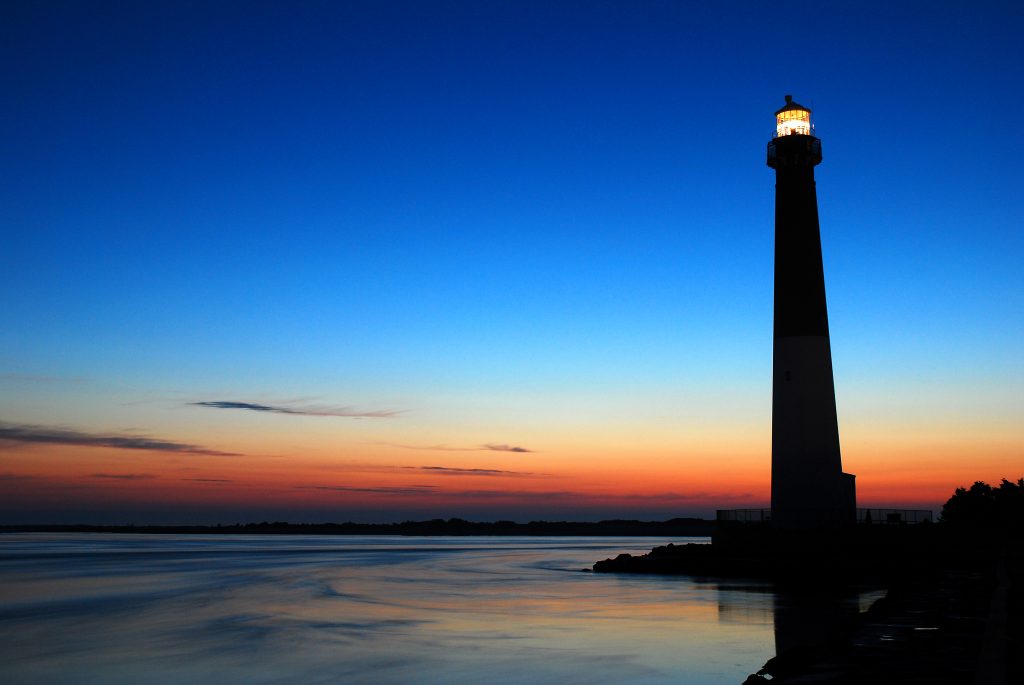Barnegat Oyster Collective: Saving Our Oceans and Stomachs (interview)

What led you to start the Barnegat Oyster Collective?
My co-founder, Matt Gregg and I started BOC in order to fulfill the needs of the growing shellfish aquaculture industry in coastal New Jersey. More and more farmers were producing products in and around the Barnegat Bay and we needed a marketing and distribution outlet that best represented the products and supported a culture of community instead of directly competing with each other for local market share. It was apparent that the protected waterways of NJ would produce world class products and we wanted to make sure that they reached customers in a wide geographic area. Our goal is to make NJ an oyster destination in the same way that Wellfleet Massachusetts or Prince Edward Island have become over the decades.
How did you find the three oyster farms you work with today?
We actually work with 12 local oyster farms and the list is growing. Many reached out to us, but the shellfish aquaculture community in NJ is a pretty small world…word gets around.
Most people probably think fishermen just go out and find oysters in a body of water, but can you talk about how these farms grow their oysters?
For thousands of years, oysters were only harvested in the wild. Until the 20th century, the waterways of the eastern seaboard were brimming with wild oysters and there was a thriving industry as a result. For at least the last 50 years, that industry has dwindled to nearly nothing. Most oysters today are farm raised on leases in open bays like the Barnegat. Aquatic farmers acquire the rights to a particular plot of underwater ‘land’ from the State government and practice various forms of husbandry to maintain their crop. Oyster farmers purchase seed from shellfish hatcheries and ‘plant’ their crop in some kind of enclosure, such as a bag or tray, and tend to the animals for an average of 2 years (at this latitude) before they reach a marketable size. They are then harvested, refrigerated, and distributed to lucky consumers.

Can you talk about the restoration process for these farms?
‘Restoration’ is a word often used to describe the rearing of oysters not for harvest and consumption, but to attempt to repopulate a body of water with a wild population of oysters. This noble effort can be incredibly beneficial to the ecology of an estuary since oysters are known as a foundational species, contributing a laundry list of essential services to a healthy bay. Restoration projects often come in the form of a reef or man-made structure that is populated with adult oysters and are often placed in bodies of water that are currently unsafe for the harvesting of shellfish for food. Oyster farms, however, are always placed in the most pristine areas and are meticulously tested and protected to ensure the food that is grown there is safe to consume.
Small business can be a daunting excursion especially with a perishable product that demands to be had fresh…What precautions do farms take with this?
At the Barnegat Oyster Collective, we pride ourselves in going above and beyond the health and safety protocols passed down from the FDA and the NJ Department of Health. When it comes to safely harvesting, storing, distributing and serving raw shellfish, the most important words are TIME and TEMPERATURE. We employ protocols that ensure that the time between harvest and refrigerator temperatures is reduced to an absolute minimum and meticulous records are taken and various stages of handling to ensure that all product remains safe and cold until consumption. The handling of shellfish is a highly regulated endeavor.
Is oyster farming seasonal or year-round, and is there a peak season for oysters?
Oysters only grow when the water they live in is above 50 degrees F (roughly between Easter and Halloween in NJ, depending on the year). That said, we harvest 52 weeks of the year to ensure that our restaurant and at-home customers enjoy our products year-round. No weather is bad weather if you have the right gear!

What makes one oyster different from the other taste and price-wise? What do people not know about the variety of Oysters?
Oysters are a special species because they take on certain elements of the waters in which they are grown, much like a wine grape. As far as flavor is concerned, the only control a farmer has over their product is the placement of her/his farm. Environmental elements such as salinity (proximity to the ocean), fresh water inputs into the Estuary and nearby features such as salt marshes and mineral deposits can contribute to the flavor profiles of oysters. Once a farmer has chosen a site to raise their crop, there are lots of other variables that they can control to contribute to shell quality, shelf life, appearance, shuckability, etc. Price is often based on quality, but marketing plays a big roll in the popularity of a product. As a general rule of thumb, oysters from further north on the Eastern Seaboard will garner a higher price at market. A Nova Scotia oyster is more expensive than a Chesapeake oyster, for example. Although there are many exceptions…
What is special about oysters farmed in NJ and specifically in Barnegat?
Farmers in the Barnegat and surrounding areas have many advantages. The 40 mile long bay is the largest in NJ and has 3 points of entry for salt water (inlets) contributing to the oysters’ high salinity (a coveted flavor) as well as many different tributaries, bringing a wide range of flavors into the bay. An oyster from Little Egg Harbor (southern Barnegat Bay) is going to taste different than one from Barnegat Light or Mantoloking. Each of the bays south of the Barnegat have their own flavors as well. It’s fun to get to know the different products coming from New Jersey and notice how and why they each have their own great qualities.
What do you think are some of the best ways to enjoy oysters?
We used to be kind of snobby about eating oysters raw without any condiments. But with the help of the incredible list of inventive chefs and home cooks that use our products, we’ve come to realize that the oyster is a vehicle for all sorts of creative recipes, both raw and cooked. Mignonettes, compound butters, smoke, fire, and countless ingredients can be used to enhance your oyster eating experience beyond just the nostalgic taste of the sea that a raw/naked oyster provides. The possibilities are endless.
What food and drink do you recommend pairing with oysters?
A classic pairing often noted by authorities in the matter is a salty Eastern Oyster such as a Sugar Shack from Barnegat Light with a French Chablis. Grapes from this region are grown in soil rich in the mineral deposits of prehistoric oyster shells, and when both are served chilled, it’s hard to beat. That said, you can’t go wrong with one of the growing lists of delicious pilsners from AE Beer in Aberdeen or an IPA from Last Wave in Point Pleasant paired with a Sloop Point or Tuckers Island oyster. That’s more our speed at the Barnegat Oyster Collective. Breweries such as Forgotten Boardwalk even brew a beer with our oysters as an ingredient! Check out this year’s Fortune’s Fate, an oyster gose with mango and pineapple.
These wonderful Oysters are available at Sickles Red Bank!

